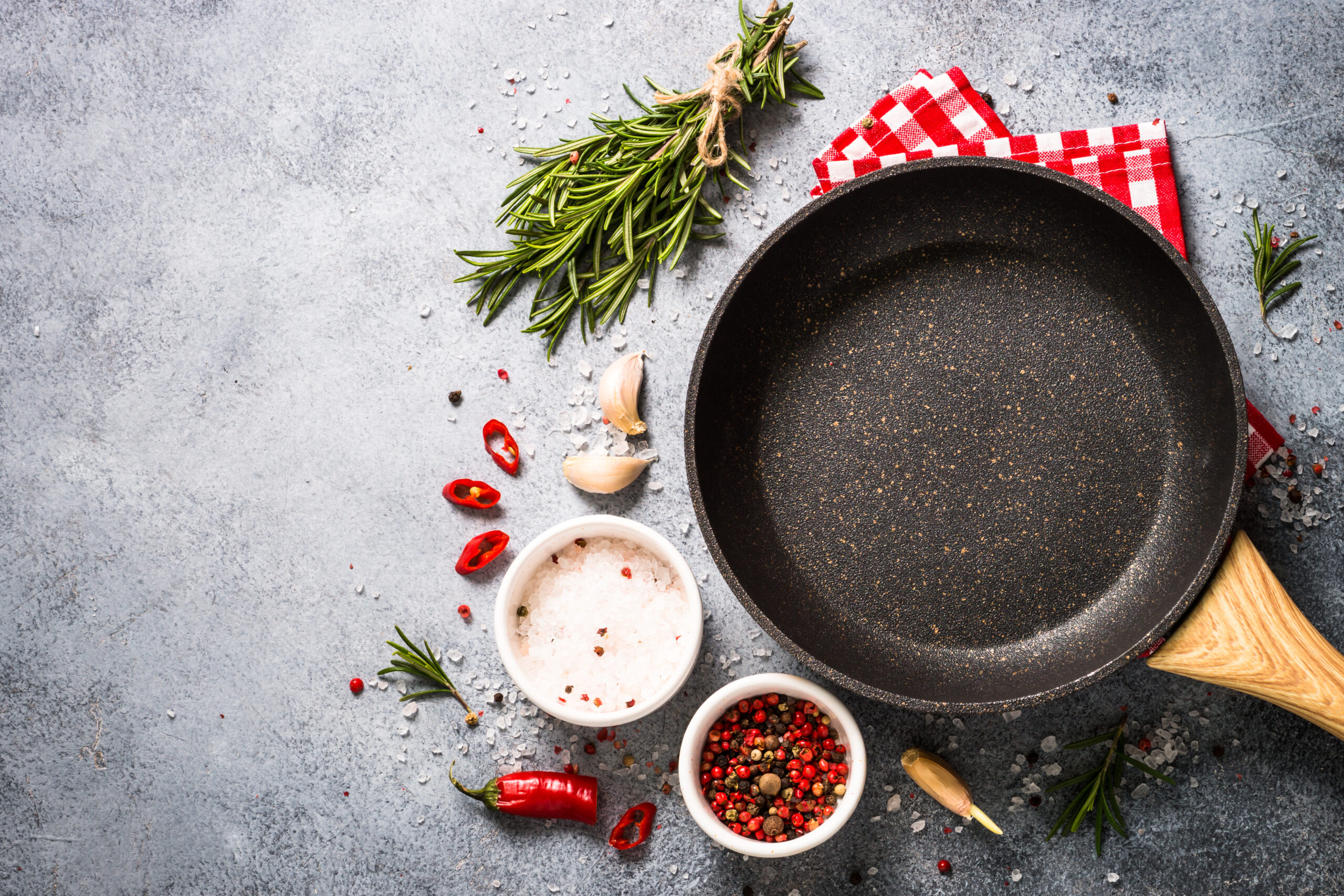Table of Contents

Nonstick cookware has revolutionized home cuisine with its easy-clean, low-oil appeal.
But could the convenience of these slick surfaces come at a cost to our health?
The culprit is a curious condition known as polymer fume fever ― a flu-like ailment triggered by inhaling the fumes of overheated nonstick coatings. While "Teflon flu" has long been acknowledged in industrial settings, its domestic doppelganger is only beginning to raise eyebrows.
Toxic Fumes Hiding in Plain Sight
The magic behind a nonstick pan's easy-release prowess is perfluorooctanoic acid (PFOA), a synthetic compound used in the production of the fluoropolymer polytetrafluoroethylene (PTFE) ― aka Teflon.
When heated to high temperatures, typically above 500°F (260°C), this coating can degrade, releasing a cocktail of ultrafine particulates and gaseous byproducts.
Inhaling this noxious mix incites a constellation of symptoms known as polymer fume fever: chills, headache, fever, and chest tightness that mimic the flu. While the acute misery is short-lived, usually resolving within a day or two, experts worry about the long-term implications of repeat exposure.
Canaries in the Kitchen
The earliest warnings of nonstick's dark side came from an unlikely source: pet birds. Captive fowl began inexplicably dropping dead, often during or shortly after their owners cooked dinner.
Necropsy reports pointed to lung inflammation and asphyxiation, sparking concern that avian anatomical sensitivity could be a harbinger of human harm.
While our lungs may be more resilient than a parakeet's, the avian fatalities underscore the importance of using nonstick safely. Humans with respiratory conditions like asthma and chronic obstructive pulmonary disease (COPD) may be especially vulnerable to the effects of polymer fumes.
Prevention through Precaution
So does this mean tossing your trusty egg pan in the name of pulmonary preservation? Not necessarily. Exercising some common-sense precautions can go a long way in mitigating the risks while still savoring the rewards of nonstick.
Opt for medium or low-heat cooking, avoiding the broil setting and oven temperatures above 500°F. Ensure ample ventilation by running your exhaust fan, cracking a window, or investing in a HEPA air purifier.
Never preheat an empty pan, and toss cookware at the first sign of flaking or chipping. Consider exploring alternative nonstick materials like cast iron, carbon steel, and ceramic.
Harnessing Convenience Conscientiously
Balancing the benefits and risks of nonstick requires both heightened awareness and measured restraint. By understanding the hazards of overheating, honing mindful cooking practices, and proactively protecting indoor air quality, we can harness the perks of these polymer-coated wonders without inviting "Teflon flu" into our kitchens.
As with any technological convenience, nonstick cookware is best wielded with a healthy dose of conscientious common sense. Armed with knowledge and tempered by caution, we can continue to embrace the culinary ease of our favorite sauté pans ― minus the side of polymer-induced malaise.
